Who is Philip Spray?
Garage bands and weekly 17th c. Lutheran chorales probably did more than DNA to make me, at least the music part of me. I've taught from children to adults, composed, arranged, directed and performed on the violone with early music ensembles across the country. Somewhere in the middle of all that I became entranced with all things Scottish, especially when liquid, and currently with all things Scandinavian. Perhaps it's because I've never been able to stand heat. I have helped form several ensembles, and with one of them my first commercial recording was titled--no surprise--Vanishing Nordic Chorale and it received good critical response. The future? Viol consorts. How would they play rock rhythms? And I'm interested in the music of Vaughan Williams, maybe on viols. Especially when he uses Celtic tunes.
What turned you on to early music?
During my undergraduate years, one of my oldest friends, who later was my best man, invited me over for scotch and he played an LP of the dance music of Michael Praetorius. It was the new, old instruments that first caught my ear: krummhorns, viols, sackbuts, lutes. It was also the balanced construction that appealed, the tasteful playing with dissonance and consonance, tension and release. I've since learned that I'm a dominant chord junkie. Simple I-IV-V-I, skillfully crafted, lies in the bass of both Praetorius and the Rolling Stones.
What makes your instruments so special?
The first thing people notice about the G violone is its odd shape, like the folding chins of a man who has eaten too many sausages over a lifetime. Once the concert starts, they focus on the violone's tone. They often ask if it's related to the cello since it's around the same size as a cello, and it's played sitting down. But that's where the likeness ends. The violone has six strings, frets like a guitar and most importantly, it is bowed underhanded. That makes all the difference in the world. The sound is silvery, quieter, thinner than the cello, far less insistent than the cello, closer to the human voice than the cello.
The baroque guitar I play is a mystery to modern guitarists. It is based on an instrument from 1641 France, and along with a few audience members who come up after the concert, I marvel at the hand cut, wedding cake-layered parchment paper inside the guitar's rose. Over time, most instruments have been made to be louder; the old instruments, however, didn't have to be loud. The guitar's sound is delicate, and when strummed, the controlled clatter of gut and metal strings makes for as much percussion as pitch.
What is one of your favorite pieces of early music and why?
My favorite piece of early music is Monteverdi's Orfeo. For good reason, it stands as one of the turning points in Western music. That same friend who introduced me to Praetorius also played a recording of Orfeo for me. I was overwhelmed by this composer whose music I had never before heard. Monteverdi was able to highlight, yet control dissonance the way a chef mixes bitterness with sweetness. In Monteverdi's gifted hands, the emotion of the opera becomes profound.
What are you most looking forward to about touring?
I am greatly looking forward to getting to work with three excellent musicians, and three wonderful people: Brandi, Thomas and Matt. Nearly as much fun as the performing is the decompressing afterwards, particularly in venues that are new to me. And what could be better than repertoire based on the art of Geminiani, Purcell, Simpson, and of course Scottish tunes?

